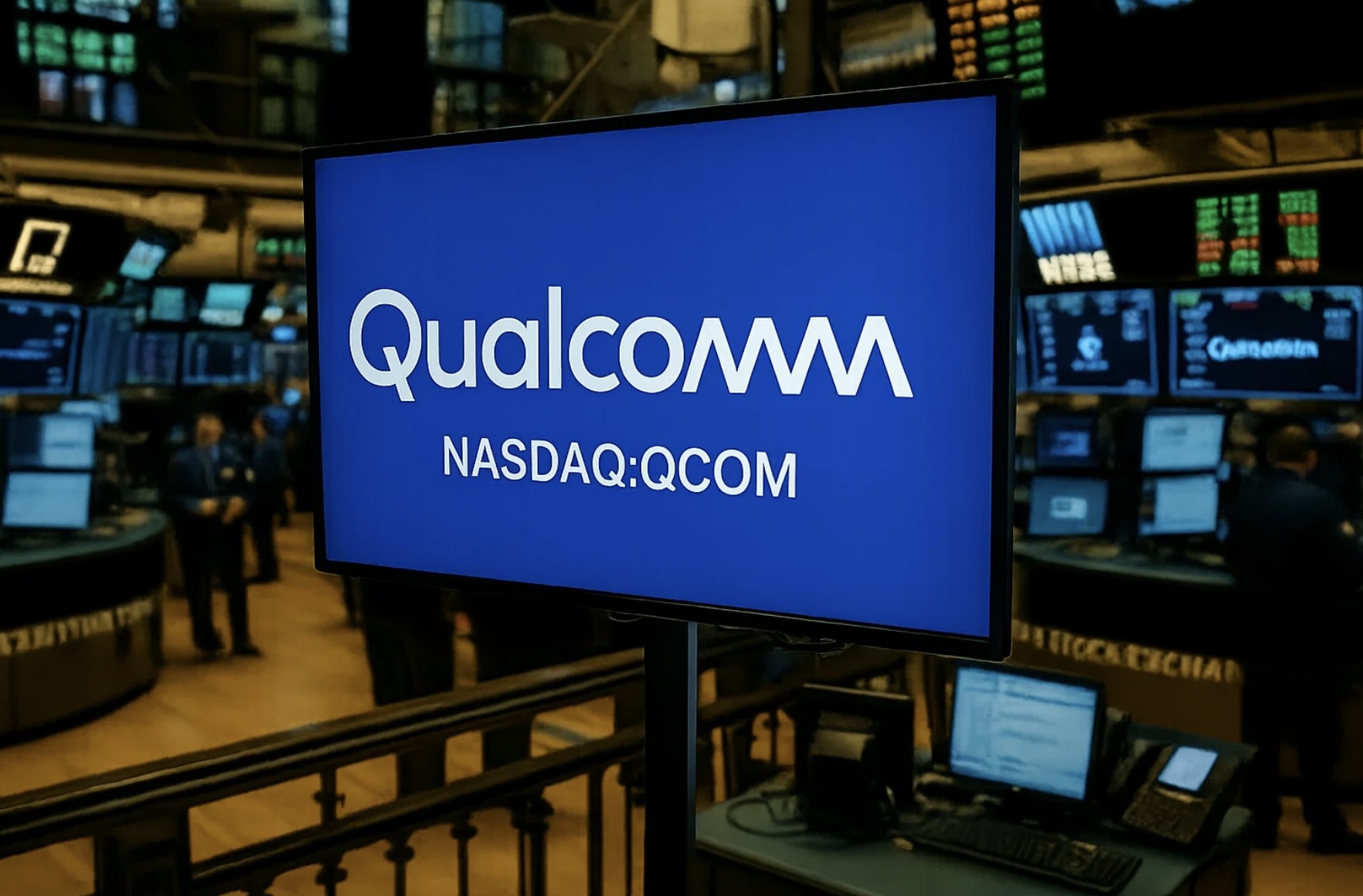
Amazon (NASDAQ:AMZN) Stock Nears $240 – Is It Still a Buy or Is a Correction Coming?
Can Amazon’s (NASDAQ:AMZN) Stock Keep Climbing, or Is It Set for a Drop? | That's TradingNEWS
NASDAQ:AMZN – Is Amazon's Growth Just Getting Started or Is It Time to Sell?
Amazon (NASDAQ:AMZN) has become a dominant force in e-commerce, cloud computing, and digital advertising, and despite its massive $2.47 trillion market cap, the stock remains highly attractive. After climbing 18.9% in the last year, AMZN continues to outperform the broader market, yet its valuation remains historically cheap.
AWS, which maintains a 30% global market share, remains the key driver of profitability, while Amazon’s advertising segment is surging, generating $56.21 billion in FY2024, a 19.8% YoY increase. Even as antitrust scrutiny looms, Amazon's ability to generate substantial cash flow and dominate multiple industries makes it a compelling long-term play. But with potential tariff risks, competition in AI, and macroeconomic uncertainty, is NASDAQ:AMZN still a buy?

Amazon’s Cloud Business (AWS) Is Still the King – Can It Stay Ahead?
Amazon Web Services (AWS) continues to be the most profitable segment for Amazon, contributing a 37% operating margin in FY2024, a substantial increase from 26.2% in FY2019. AWS’s revenue grew 19% YoY, outpacing many cloud competitors, thanks to its custom Trainium 2 and Graviton processors, which offer 40% better performance compared to other cloud providers.
AWS's multi-year performance obligations hit $177 billion, a 7.9% quarterly increase, signaling strong long-term demand. As AI adoption accelerates, Amazon is investing aggressively, committing $105 billion in CapEx for AI infrastructure in 2025, more than Microsoft’s $80 billion, Google’s $75 billion, and Meta’s $60 billion.
Despite AWS's dominance, competition from Microsoft Azure and Google Cloud remains fierce. AWS lost 1% of market share YoY, and with OpenAI favoring Microsoft Azure, Amazon must continue innovating to maintain its lead. However, its commitment to Trainium 3 and 4 chips, launching in 2025 and beyond, suggests AWS is not backing down.
Amazon's Retail Business – Is E-commerce Still a Growth Engine?
Despite fears of slowing retail growth, Amazon’s North American and International e-commerce segments are proving resilient. In FY2024, Amazon's North America segment reported a 6.4% operating margin, up 4.4 points YoY, while its International division turned profitable for the first time with a 2.6% margin.
Amazon maintains a 14% price advantage over major U.S. retailers, ensuring it remains the go-to platform for online shopping. The company's Prime subscription revenue grew 10.3% YoY to $44.37 billion, fueled by new perks like unlimited grocery delivery, free prescriptions, and exclusive streaming content.
However, risks remain. With President Trump’s trade tariffs on China, Amazon’s reliance on Chinese suppliers could increase costs, potentially impacting margins. At the same time, rivals like Walmart (WMT) and Target (TGT) are expanding their e-commerce capabilities, forcing Amazon to defend its market share aggressively.
Amazon Advertising – The Secret Weapon That’s Growing Faster Than Google?
Amazon’s advertising business is quietly becoming a powerhouse, with net sales reaching $56.21 billion in FY2024, a 19.8% increase YoY. This growth far outpaces Google’s search advertising, which grew 13% YoY, and Meta’s ad business, which rose 15% YoY.
Amazon’s multi-touch attribution model enables brands to target consumers across streaming TV, display ads, sponsored products, and beyond, creating a massive competitive advantage. The ad business is already on a $69 billion annual run rate, and as retail media continues expanding, this segment could soon rival Amazon’s core e-commerce operations in profitability.
Amazon’s Valuation – Is AMZN Undervalued Compared to Tech Peers?
Despite its strong performance, AMZN is trading at a FWD P/E of 36.41x, below its 1-year mean of 38.56x, 5-year mean of 177x, and 10-year mean of 120.41x. The stock’s FWD PEG ratio of 1.68x is also near the sector median of 1.55x, indicating Amazon is not overvalued compared to growth peers.
For comparison:
- Apple (AAPL) trades at a PEG ratio of 3.25x
- Microsoft (MSFT) at 2.40x
- Tesla (TSLA) at 8.45x
- Meta (META) at 1.59x
- NVIDIA (NVDA) at 1.15x
This suggests Amazon is attractively priced, particularly given its strong revenue growth and operating margin expansion.
Will Antitrust Risks Hurt Amazon’s Stock?
One of the biggest risks for Amazon in 2025 is antitrust scrutiny from the U.S. government. The Department of Justice recently appointed Gail Slater, an antitrust veteran, to lead investigations into Big Tech. If regulators push for new restrictions on Amazon’s business practices, it could impact its ability to scale its advertising, retail, and cloud segments.
However, past cases against Big Tech have taken years to materialize, and Amazon has strong legal defenses. Additionally, the company’s growing international footprint could help mitigate U.S. regulatory risks.
Amazon’s Stock Price Prediction – Where Does AMZN Go From Here?
Amazon’s stock has rallied over 35% in the past year, and based on forward earnings estimates, analysts expect the stock to reach $366 by 2027, representing a 57% upside.
With operating income projected to hit $129 billion by 2027, Amazon’s ability to scale cloud, advertising, and e-commerce profitability suggests the company is still undervalued. Long-term investors could see substantial gains, especially if AWS maintains its dominance and advertising continues to grow at a rapid pace.
Final Verdict – Is NASDAQ:AMZN a Buy, Sell, or Hold?
Amazon remains one of the most dominant companies in the world, with strong growth across cloud, advertising, and retail. Despite concerns over tariffs, antitrust risks, and AI competition, Amazon’s $105 billion CapEx investment in AI and its ability to expand margins in multiple segments make it a strong long-term investment.
With a reasonable valuation, strong cash flow generation, and upside potential of over 50%, NASDAQ:AMZN remains a buy. However, given short-term risks, investors should watch for pullbacks near $200-$210 for better entry points.
















